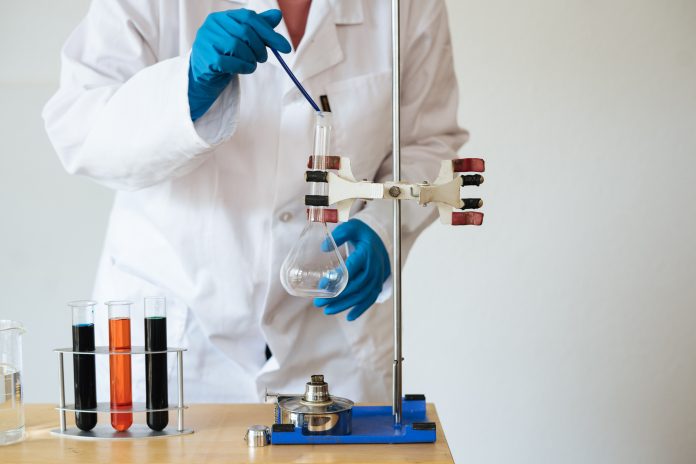Distance education has gained immense popularity among students and aspiring pharmacists due to the rapid progress of technology and the growing need for flexible learning opportunities. The field of pharmacy education is undergoing a remarkable transformation thanks to the innovative methods offered by distance education. This article delves into the numerous ways in which distance education is revolutionizing the world of pharmacy education.
Enhancing Accessibility in Pharmacy Education
If you’re thinking about getting a doctor of pharmacy college degree to further your education then you should consider distance learning programs. One of the key advantages of distance education in pharmacy is its ability to enhance accessibility. Traditional pharmacy programs often require students to attend classes on campus, which can be a barrier for those who live in remote areas or have other commitments that prevent them from attending in-person classes. Distance education allows students to access course materials and lectures online, providing them with the flexibility to study at their own pace and from any location.
Furthermore, distance education programs often offer a variety of learning resources, such as recorded lectures, interactive modules and online discussion forums, which can be accessed 24/7. This not only allows students to review course materials at their convenience but also promotes collaborative learning and engagement with fellow students and faculty members.
Innovative Teaching Methods in Distance Education
In distance education for pharmacy, innovative teaching methods are being utilized to ensure effective learning experiences for students. Here are some of the innovative teaching methods commonly used:
- Online lectures and webinars: Distance education programs often provide recorded lectures and live webinars where students can access course materials and interact with instructors in real-time. This allows for flexibility in learning and enables students to review the content at their own pace.
- Interactive multimedia materials: Distance education programs incorporate interactive multimedia materials such as videos, animations, and simulations to enhance learning. These materials engage students and make complex concepts easier to understand and retain.
- Online discussion forums and chat rooms: Collaborative learning is facilitated through online discussion forums and chat rooms. Students can interact with their peers and instructors, ask questions, and participate in discussions, fostering a sense of community and promoting active learning.
- Case-based learning: Distance education programs in pharmacy often employ case-based learning approaches. Students are presented with real-life scenarios and are required to analyze and solve problems related to pharmaceutical practice. This method encourages critical thinking and application of knowledge.
- Virtual reality and augmented reality: Emerging technologies like virtual and augmented reality are being integrated into distance education for pharmacy. VR and AR simulations provide immersive learning experiences, allowing students to practice clinical skills and gain exposure to different healthcare settings.
These innovative teaching methods in distance education for pharmacy aim to provide students with a comprehensive and interactive learning experience, ensuring they acquire the necessary knowledge and skills to succeed in their pharmacy careers.
The Role of Virtual Labs in Pharmacy Education
One of the challenges of distance education in pharmacy is the lack of access to physical laboratories for hands-on training. Yet, thanks to technological progress, virtual labs have emerged as a solution. These digital marvels replicate real laboratory environments, enabling students to conduct experiments and hone their skills from afar.
Virtual labs offer a multitude of benefits to aspiring pharmacists. They provide a safe and affordable avenue for practical learning where students can engage in experiments, analyze data and make observations – all within the confines of a virtual setting. This immersive experience mirrors that of a traditional laboratory, fostering a deep understanding of pharmaceutical concepts.
Moreover, virtual labs equip students with the necessary skills for their future professional endeavors. By engaging in hands-on practice, they develop the expertise required to excel in the field of pharmacy. This practical training not only enhances their knowledge but also instills confidence in their abilities.
Addressing the Digital Divide in Pharmacy Education
While distance education offers numerous benefits, it is important to address the digital divide to ensure equal access to education for all students. The digital divide refers to the gap between those who have access to technology and those who do not.
Pharmacy schools and institutions offering distance education programs must take steps to bridge this divide by providing students with the necessary technology and internet access. This can be achieved through initiatives such as providing laptops or tablets to students, offering financial assistance for internet connectivity or partnering with local libraries or community centers to provide access to computer facilities.
























